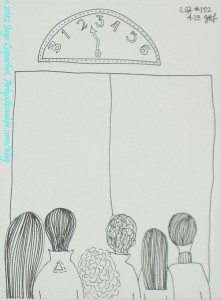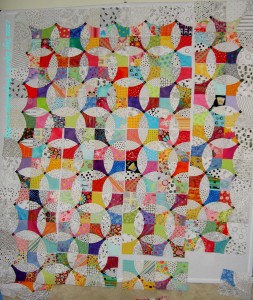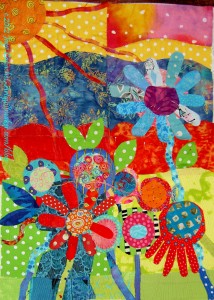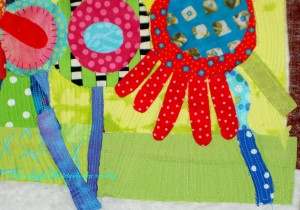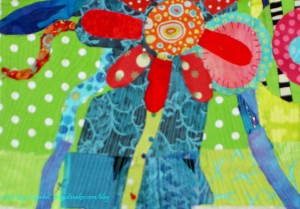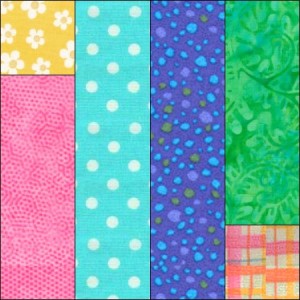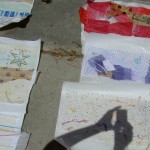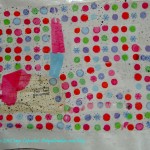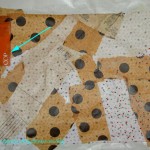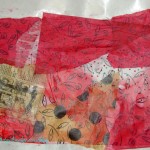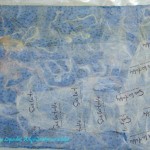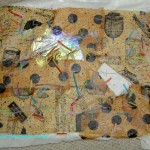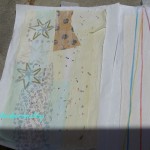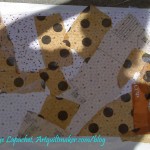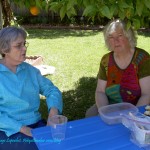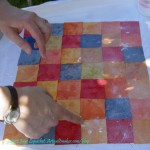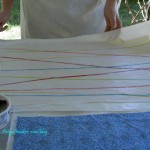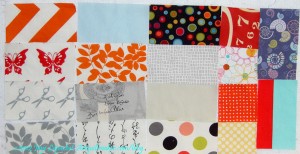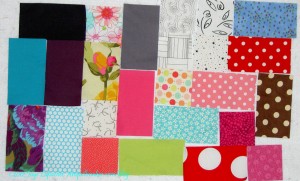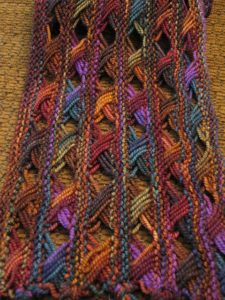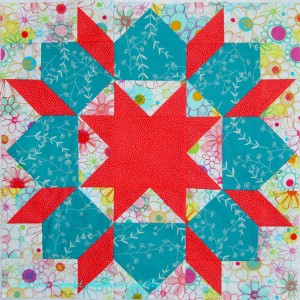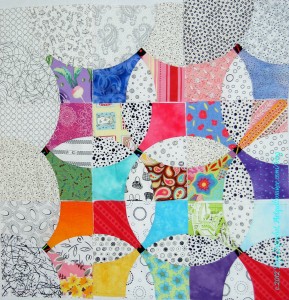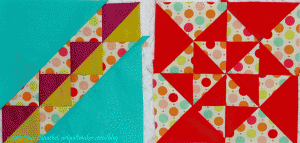
I went to the CQFA meeting today, but not BAMQG. 🙁 , I know. Too much family stuff going on and I needed at least a few hours off. We have more tomorrow, so choices had to be made. I miss the BAMQG people. I really thank Angela for bringing a bunch of stuff to the meeting for me.
A-B-C Challenge
I made the O and the P blocks for the A-B-C Challenge.
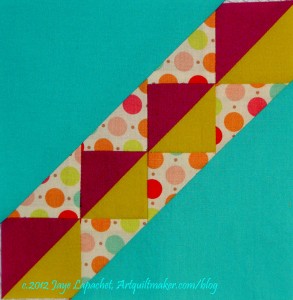

I am pretty pleased with the way these blocks turned out. They are the first blocks I chose based on what type of blocks I need to finish the quilt. The Peace & Plenty block goes well with the Electric Fan while the Ocean Wave goes well with the King’s Crown in terms of shape and style.
Q and R are next month. I hope there is something good for Q!
Donations

Angela agreed to drop off the Blue Donation quilt I made so somebody can quilt it.
I also finished the back yesterday. I made the back from the cut off edges of the Stars for San Bruno quilts. I could only find enough of those large strips to finish about half of a back, but decided to just bite the bullet, pull from my stash and finish it. I had pulled out some fabrics last weekend, but didn’t think there was enough. There was one big piece that started the finishing process off and that piece made the back nearly large enough. All I had to do was put a couple more inches on two sides and, unless someone plans to longarm the quilt, I was good to go.
The back is one of my usual pieced backs, but not very ‘modern.’ I hope they don’t mind. It is what it is.

I also had a few donation blocks, but not very many. I felt bad about that until I realized I had put a whole quilt AND Frankenbatting AND back together! Now I don’t feel bad and I am moving forward on the next donation piece!
I decided I wanted to work with pink. I actually have been cutting pieces for a pink quilt for awhile, but I want to work with pink for a donation quilt. I am sure there are some girly girls out there who will appreciate it. I am prepping pinks to cut into 2.5″ squares to combine with the black on white fabrics. I am interested to see how those blocks will look. Hope the Charity girls don’t mind my experimentation. 😉
Kona quilts
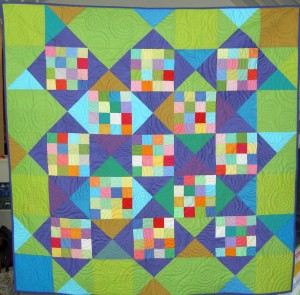
The group is entering Kona challenge quilts into the Fair as a group, so Angela took my Kona challenge quilt to the meeting as well. Amanda kindly agreed to drop it off for me. I have to do the paperwork, though. AND I need to do the paperwork NOW!
I wanted to enter something into the Fair and this is as good a thing as any. Perhaps I will still get the parking passes.
I am off to sew. I am determined to finish the latest Swoon block today and perhaps get started on those pink donation blocks. Have a great rest of your day!
